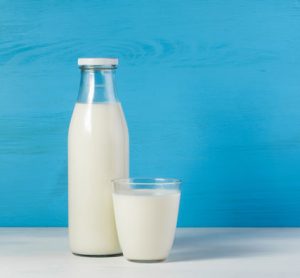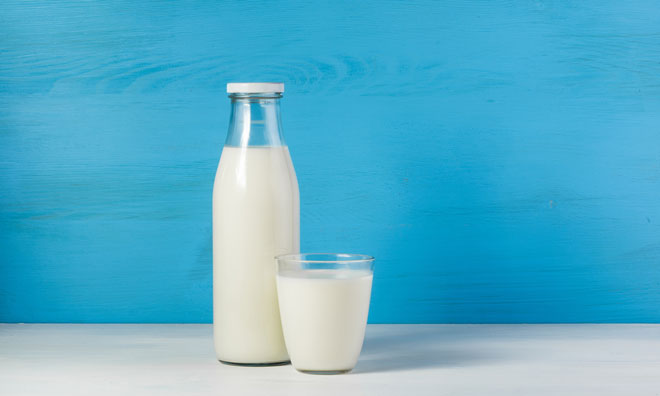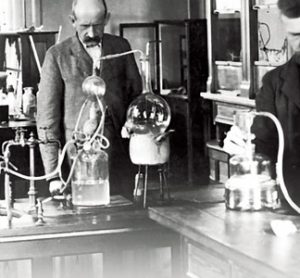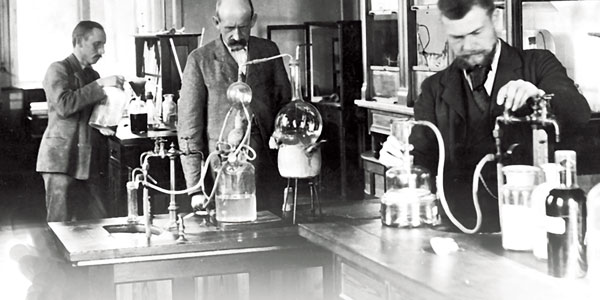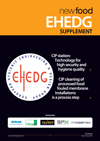The wider uses of traceability information
4 July 2012 | By Kathryn A-M Donnelly, Nofima – Norwegian Institute of Food, Fisheries and Aquaculture Research
Although traceability is often associated with food safety, increasingly the tools provided by a traceability system are being used for much more than food safety. The research carried out into traceability, initially spurred on by concerns over food safety, has expanded to include a wide range of different aspects of…



